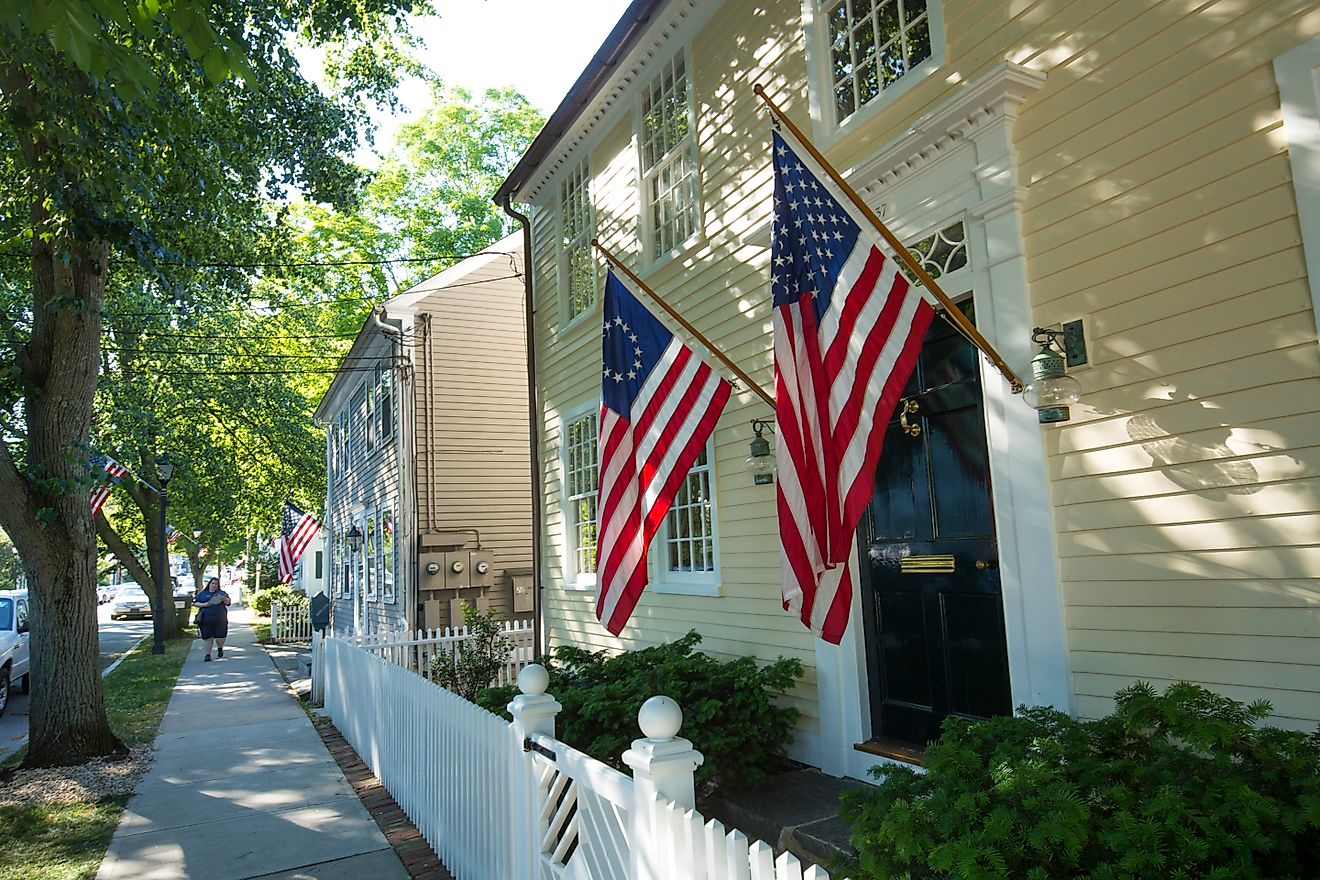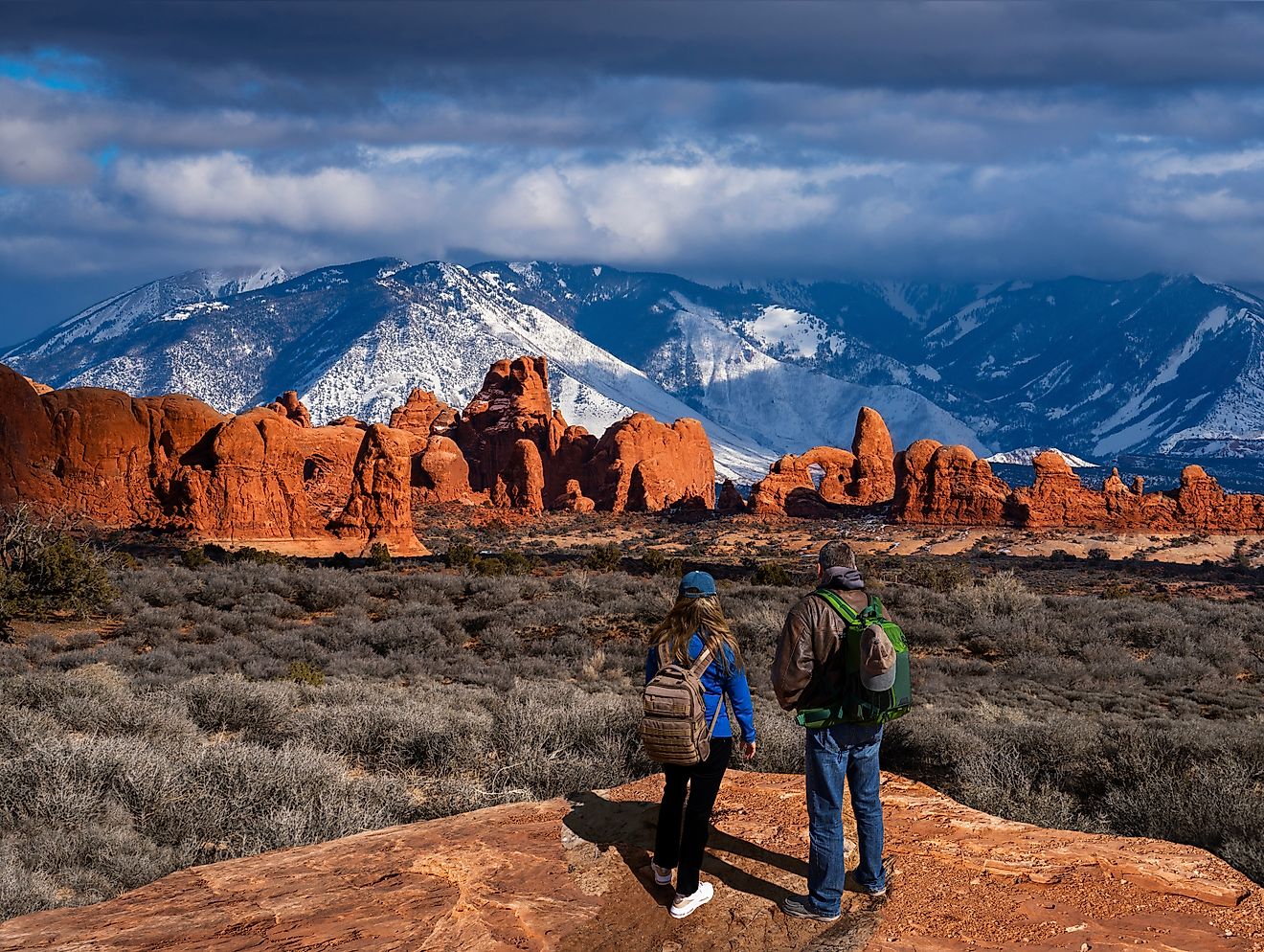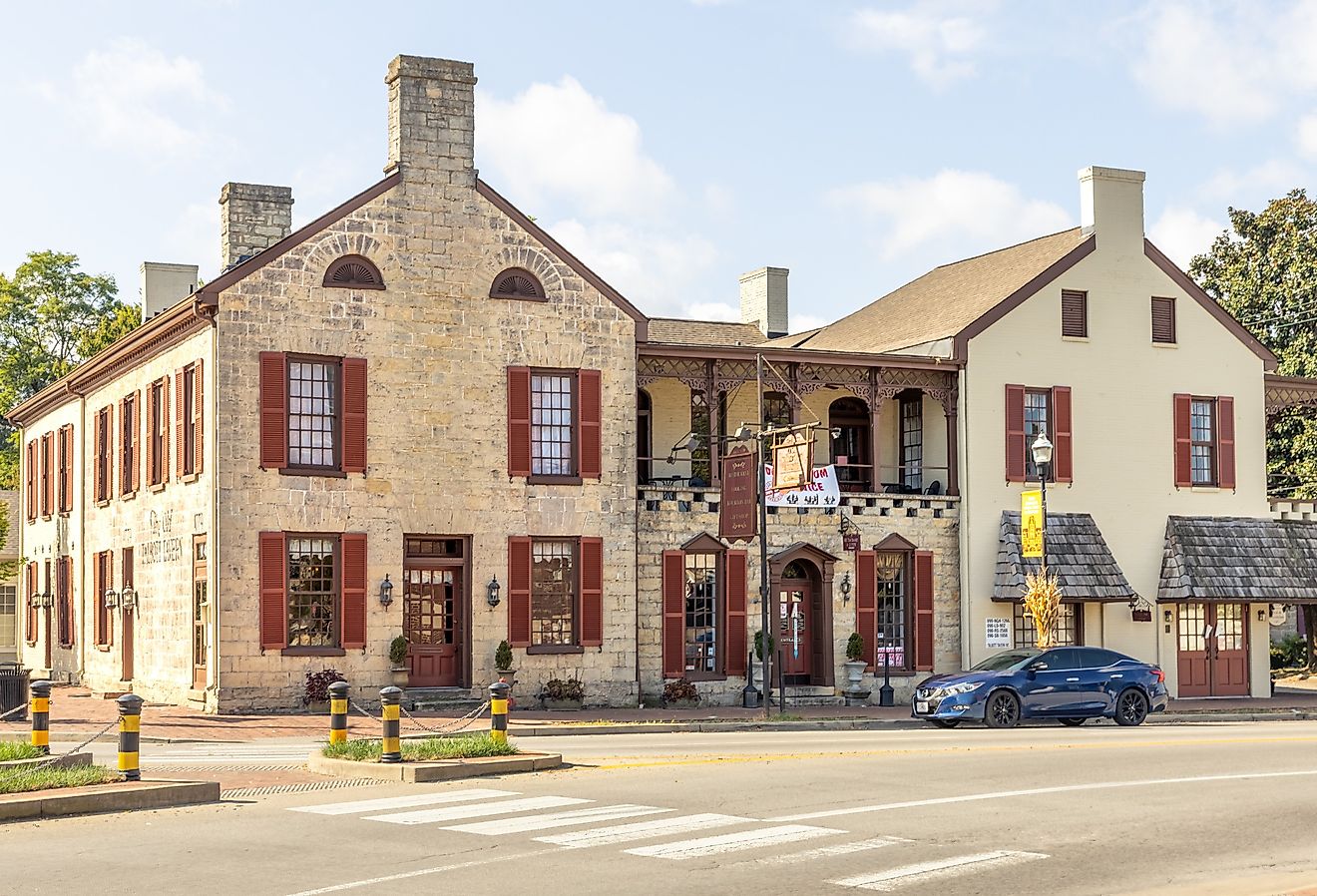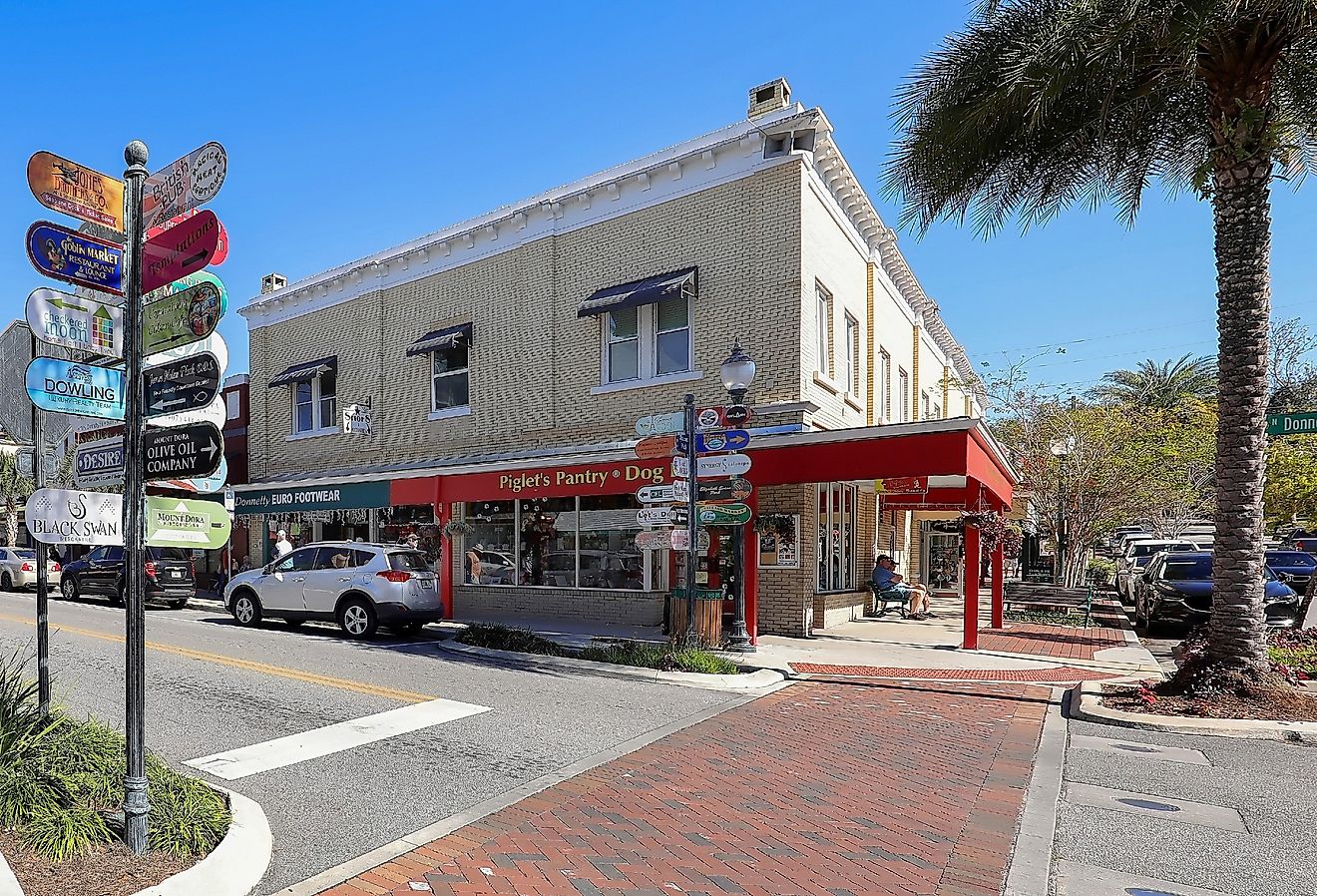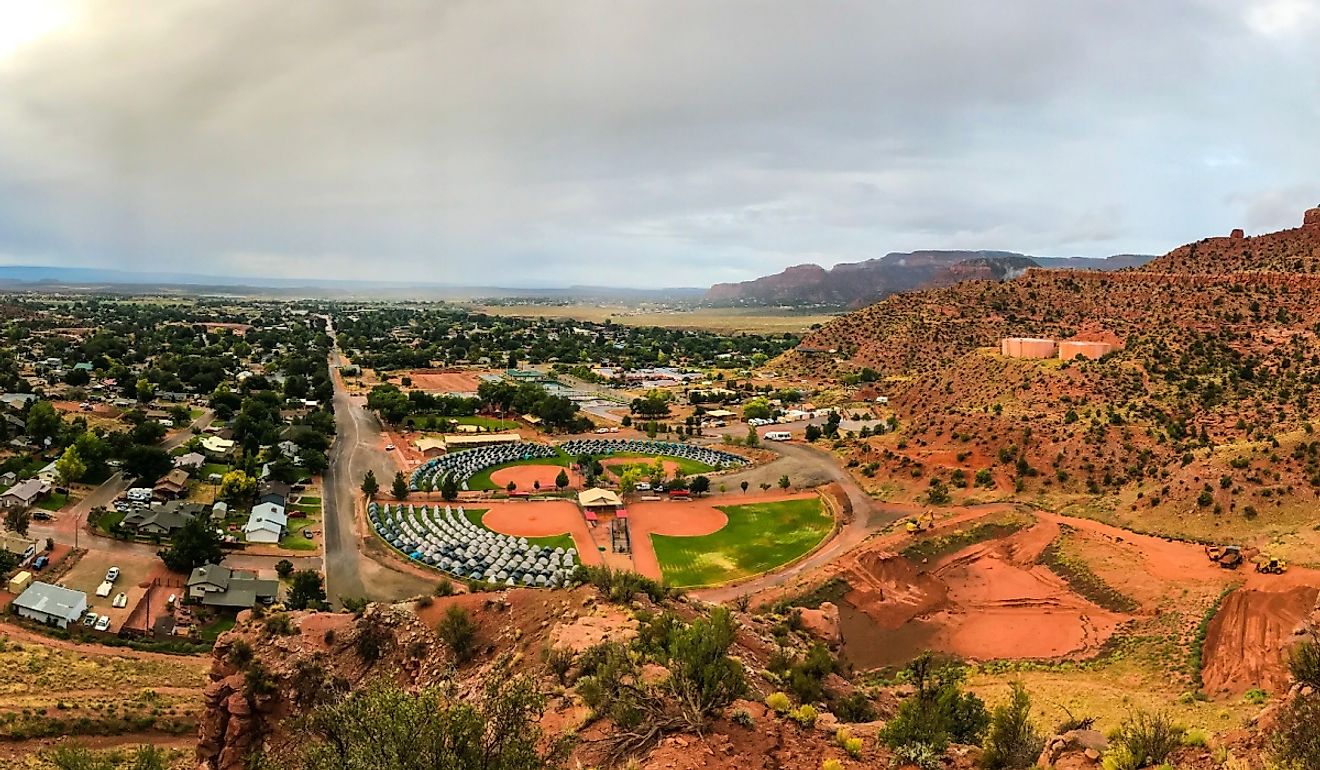
9 Oldest Founded Towns to Visit in Virginia
Virginia, home to stunning mountains, lakes, and rivers, also played a central role in American history. Several of the country's founding fathers were Virginians, including George Washington, Thomas Jefferson, James Madison, George Mason, and Patrick Henry. The towns and cities of Virginia hold stories of past battles and plantation life. Many historical buildings are national treasures showcasing original structures. These towns and cities are among the oldest in Virginia and welcome visitors to immerse themselves in history.
Alexandria

Founded in 1749 by Scottish merchants, Alexandria is a historical treasure. Located on the western bank of the Potomac River, Alexandria is the third largest principal city in the Washington Metropolitan area. The city is the adopted hometown of America's first president, George Washington. Washington's home, Mt. Vernon, hosts tours of the house and land. The George Washington Masonic National Memorial is a Masonic building and memorial dedicated to the memory of George Washington. Sitting atop Shutter's Hill, the memorial overlooks the King Street–Old Town Metro station.
The historic center of Alexandria, or Old Town, contains the nation's best-preserved assemblages of late-18th and early-19th-century architecture. The oldest is Ramsey House which is now the Alexandria Visitor Center. For over 260 years, the farmer's market has been held at Market Square. Every Saturday morning, vendors offer fruits and vegetables, cheese, bread, flowers, soaps, and art for visitors.
In addition to the market, Old Town Alexandria is home to The Torpedo Factory Art Center. The building was originally the US Naval Torpedo Station naval munitions factory, converted into an art center in 1974. Overlooking the banks of the Potomac River, visitors can appreciate community artists who work in a variety of media, including painting, ceramics, photography, stained glass, printmaking, and sculpture. Historic Alexandria is a treasure trove of structures, artifacts, and records providing education for those who visit every year.
Richmond

Virginia's capital city, Richmond, founded in 1737 by William Byrd II, rests on the fall line of the James River in the Piedmont region of Virginia. The city served as the capital of the Confederacy during the Civil War and served as a hub for the military, railways, and slavery markets before being burned by Union forces in 1865. Today, Richmond is home to many museums, including the American Civil War Museum, the Black History Museum, and the Virginia Museum of History and Culture. At John Marshall House, visitors can transport back in time to the 1700s with a guided tour or a stroll in the garden.
For outdoor history, visitors can walk the Richmond Slave Trail, Civil War Trails, and Road to Freedom Tour — the trails and tour immerse visitors in Virginia's history through the perspective of historical figures. In addition to the trails, Richmond is home to many historical parks. Chimborazo Park is a public park that was once the site of a Confederate hospital. Post-Civil War, the park hosted a refugee camp for slaves. Forest Hill Park is an urban park with nature trails, wildlife, picnic shelters, and a playground. Lewis Ginter Botanical Garden has welcoming fountains, ponds, and a domed conservatory greenhouse. Throughout the year, Richmond immerses visitors in history with gardens, museums, and trails.
Charlottesville

The city of Charlottesville is in central Virginia, east of the Blue Ridge Mountains. Founded in 1762, the city offers stunning beauty and history. Charlottesville is the hometown of President Thomas Jefferson and his public university, the University of Virginia. In addition to the university, the stunning homes of former Presidents Thomas Jefferson, James Madison, and James Monroe offer guided tours of historical buildings and surrounding land. Private tours are also available.
In addition to historical homes, Charlottesville's Jefferson School African American Heritage Center combines a historical exhibit and an art gallery with events that highlight the city's African American history and culture. For a taste of the 18th century, the Michie Tavern welcomes visitors with servers in period attire, offering southern fare and hospitality. The 1784 pub serves Virginia wines, beers, and hard ciders. After dining, The Tavern Shop is available for purchasing souvenirs such as games, puzzles, mugs, or clothing. Charlottesville invites visitors to explore the homes of former presidents, dine on southern cuisine, and learn from the past.
Williamsburg

Founded in 1632, Williamsburg sits along Interstate 64 at the center of eastern Virginia. The city is famous for the Colonial Williamsburg Foundation, the largest living history museum in the world. The museum contains over 600 iconic sites, including working tradespeople, historic taverns, and two art museums. Colonial Williamsburg is also home to the DeWitt Wallace Decorative Arts Museum and the Abby Aldrich Rockefeller Folk Art Museum. These museums contain examples of American and British furniture, textiles, costumes, toys, and architectural fragments.
For a spooky encounter, ghost tours welcome visitors to embark on a night walk through Colonial Williamsburg. Guides provide stories based on research connected to factual and historic events. The ghost tour extends with a walk through the nation's second-oldest college, the College of William & Mary. For thrill-seekers, Busch Gardens offers rollercoasters that twist, turn, and spin upside down at high speed. The park also offers scenic train rides, bumper cars, and rides for children. Next to Busch Gardens is Water Park USA featuring multiple water slides, pools, shops, and dining. Williamsburg blends modern activities with historical interactions for a unique experience.
Jamestown

Stories of John Smith and Pocahontas draw visitors to the archaeological site of Jamestown every year. Jamestown, established in 1607 by English settlers, is now managed by Preservation Virginia and the National Park Service. Surrounded by the James River, Back River, and Sandy Bay, Jamestown transports visitors to a time when survival was the focus. The Archaerium is Jamestown's archaeology museum showcasing items from the 1600s, including tools, coins, and trade goods.
For a guided experience, the Visitor Center assists with purchasing tickets, site maps, and tour information. Tours guides provide an introduction to Jamestown and an overview of James Fort. A living history interpreter provides discussions of Jamestown's history. For visitors with children, Jamestown offers interactive programs, including the Junior Range Program and hands-on learning with the Ed Shed. In addition to tours and programs, Jamestown's three gift shops showcase jewelry, glassware, books, and more. Jamestown visitors can enjoy a picnic lunch in designated areas or dine at the local Dale House Café. A visit to Jamestown is a step into the past with interactive tours, hands-on experience, and stunning water views.
Yorktown

The Battle of Yorktown was made famous as the topic of a song in Lin Manuel Miranda's Hamilton. In 1781, Yorktown was where Cornwallis surrendered to George Washington, effectively ending the Revolutionary War. Founded in 1691 as a tobacco port, Yorktown has become an active tourism community with arts, outdoor activities, and water recreation. Patriot Tours and Provisions provides bikes for a leisurely ride through town or guided segway tours. Kayaks are available to enjoy the view from the York River.
The Yorktown Trolley alleviates the hassle of finding parking. The trolley is free and makes several convenient stops, including Yorktown Beach and Riverwalk Landing. Each trolley is ADA-accessible. For visitors looking for historical education, museums such as the American Revolution Museum and the York County Historical Museum offer interactive exhibitions and tours with historically costumed guides. Jamestown, Williamsburg, and Yorktown, known as the "Historic Triangle," provide unique immersive exhibitions for visitors to experience Colonial History.
Norfolk

The city of Norfolk lies at the junction of the Elizabeth River and Chesapeake Bay. Several unsuccessful attempts were made to colonize the land before Norfolk was finally established in 1682. Since its beginning, Norfolk has seen many wars and destruction. The city's many museums offer an account of the region's history.
For nautical history, the Hampton Roads Naval Museum is a museum operated by the United States Navy and celebrates naval history. Battleship Wisconsin features tours of the former battleship along with stunning views. Fort Norfolk overlooks the Elizabeth River and is the last remaining harbor-front fort authorized by President George Washington. Admission to Fort Norfolk is free with self-guided tours.
For art enthusiasts, the Chrysler Museum of Art showcases the Perry Glass Studio which supports artists working in a variety of glass making. The studio provides free demonstrations to the public. Although a walkable city, the Tide Light Rail is available for easy transport making many stops along its route to notable attractions. Norfolk is a thriving modern city blending culture, arts, and historical survival.
Christiansburg

In southwest Virginia sits a small town with big roots. Christiansburg, founded in 1792, has grown into a local hub for college students from nearby Virginia Tech University. Downtown Christiansburg is famous for being the site of the Lewis-McHenry duel in 1808. Both men died, which resulted in the passage of the Barbour Bill in 1810, thus outlawing dueling in Virginia. A historical marker sits at the location of the duel.
To learn more about Christiansburg and its history, the Montogomery Museum of Art and History sponsors local artists as well as historical pieces. The museum also offers walking tours beginning on East Main Street to view the oldest homes in Christiansburg. A short drive from the museum is the Christiansburg Industrial Institute, a school for African Americans from 1866 until 1966. Founded by Captain Charles S. Schaeffer, the school was used to educate freed slaves, including Booker T. Washington.
For an outdoor adventure, Huckleberry Trail is available for hiking, biking, and walking along the New River Valley between Christiansburg and Blacksburg. In October, Sinkland Farms offers a Pumpkin Festival. Visitors can enjoy hay rides, a riding wagon, and a pumpkin patch, as well as enjoying local beer and wine. The festival hosts various vendors and musicians to enhance the festival experience. Christiansburg has created a quiet haven surrounded by foliage and history.
Staunton
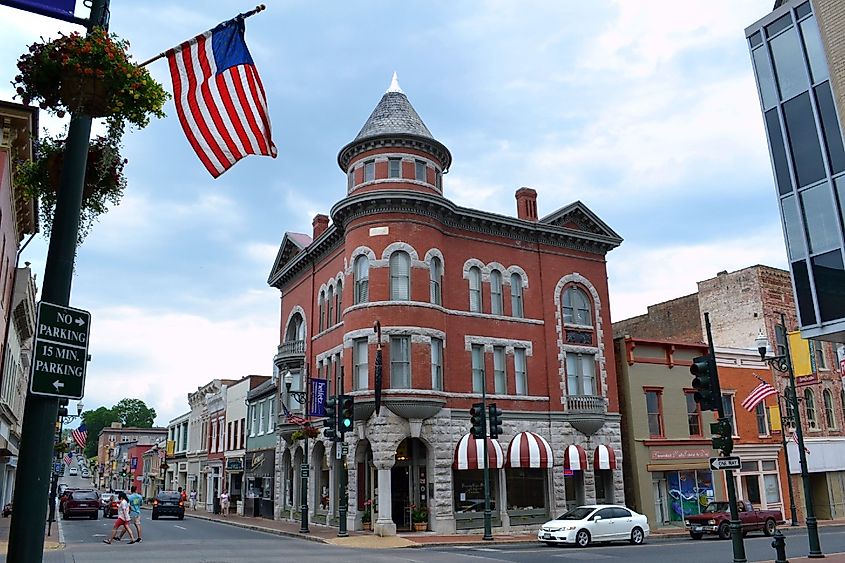
Located in the Shenandoah Valley, Staunton is a spirited town surrounded by stunning natural beauty. Founded in 1747, the town blossomed into a transportation hub as a stop along the Virginia Central Railroad. The town played an important role during America's Civil War as a manufacturing and supply depot for the Confederacy.
Visitors to Staunton will find many Civil War historic attractions. Museums such as the Frontier Culture Museum and the Woodrow Wilson Presidential Museum allow tourists to explore the town's history through recreation and exhibitions. Present-day Staunton hosts music festivals, trendy breweries, and stunning trails to explore in nearby Shenandoah National Park.
For thrill-seekers, visitors can participate in multiple haunted tours. Black Raven Paranormal takes visitors along a 90-minute walking tour of the city’s haunted spots while sharing stories of encounters. Visitors can also explore haunted sites such as the Former DeJarnette Sanitarium, Ubon Thai Victorian Inn, or historic cemeteries. Staunton’s history spans three centuries, combining history, ghostly encounters, and urban culture with panoramic views of the Blue Ridge Mountains.
Colonial Virginia has a long history and many stories. The people who first settled and established these towns faced hard winters and unknown conditions. These towns and cities were casualties of war and rebuilt to stand the test of time. Through the will of survival, these towns have thrived as historical landmarks or bustling cities. Interactive tours provide visitors with educational encounters and opportunities to be thrillingly scared. Modern luxuries enhance experiences and entice visitors to return to these oldest-founded towns.
